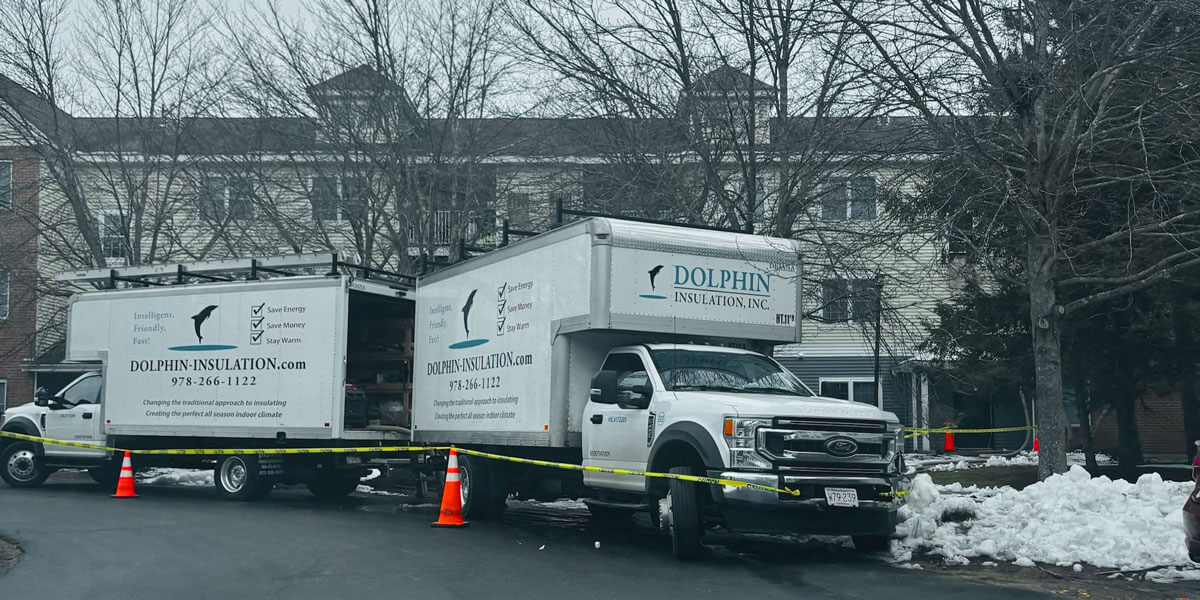In the search for the right insulation for your home, one thing on your mind is energy conservation. Insulation itself helps you to conserve energy in your home because it minimizes the energy used to heat and cool your house. What makes us special is that we use cellulose insulation, which saves energy before it even reaches your home.
Cellulose is an organic insulating material made out of wood and recycled paper – commonly, recycled newspaper. Since newspaper is often the single biggest component of waste in many communities, cellulose takes this “waste” and recycles it to insulate your home. This ultimately reduces negative impact on the environment.
To make cellulose, newspapers and other wood-wastes are treated with fire retardants to protect the insulation from flames. The making of cellulose requires less energy than other insulators because of of its materials. Before the cellulose enters your walls or attic it helps save energy, which ultimately saves you energy.
Cellulose is often used in the form of loose-fill insulation. This loose-fill insulation blows quickly and is not difficult to install, so the procedure is time-efficient. Loose-fill cellulose is installed at a high density, which increases its R-value.
The higher the R-value, the less heat travelling through the insulated barrier. Many types of insulation tend to decrease their R-value as the temperature drops, but the R-value of cellulose resists change in colder temperatures.
Loose-fill cellulose is so efficient because it contains small fibers that fill in the cracks and crevasses in your home. Its wide coverage not only stops heat transmission, but also helps to stop airflow through the barrier. Aiding in air sealing means that the insulation does an even better job of conserving energy and keeping your home warm.
In a study at Colorado University, cellulose was found to prevent air leakage 36 percent more efficiently than fiberglass insulation. This is one of the many reasons we use cellulose insulation at Dolphin.
Cellulose’s ability to form to small cracks allows for more insulation coverage without disturbing your home’s structure. For this reason, it is most common in residential buildings (especially older homes).
Cellulose can be installed in a variety of locations without altering your home’s structure. The most common places to install cellulose are enclosed spaces (such as walls), and open spaces (like your attic). Cellulose is versatile in its ability to effectively insulate in all different kinds of places.
One thing that needs to be taken into consideration when installing cellulose insulation is its tendency to “settle.” When it settles, its R-value often drops – rendering it less effective in insulating your home. At Dolphin Insulation, we follow steps to make sure that your cellulose insulation does not lose its value.
It’s possible to install cellulose in the walls so that it won’t settle, but settling is almost unavoidable in attic installations. You can expect about 15 percent of the insulation to settle and lose its usefulness. To fight this, we fill the attic with about 15 percent more insulation than needed, so that when the cellulose settles it will not stop effectively insulating your home.
Due to the many precautions you should take installing cellulose insulation, it’s best to leave it to the professionals. We ensure that the insulation has the proper density to maximize insulation. Also, we can make sure that your home has full coverage of insulation where it is needed.
Cellulose comes at a low cost and has high benefits. Stop heat loss in your home and airflow in your walls, and save energy while doing so. Contact Dolphin to receive R-value estimates for your home and find out just how much energy and money you can save.















